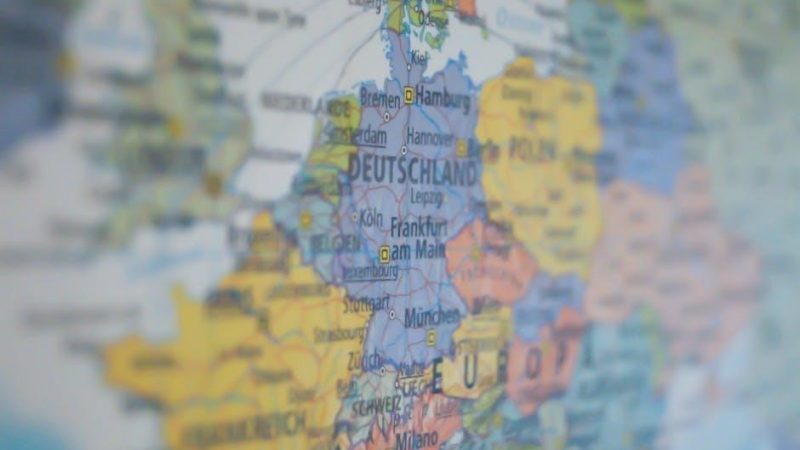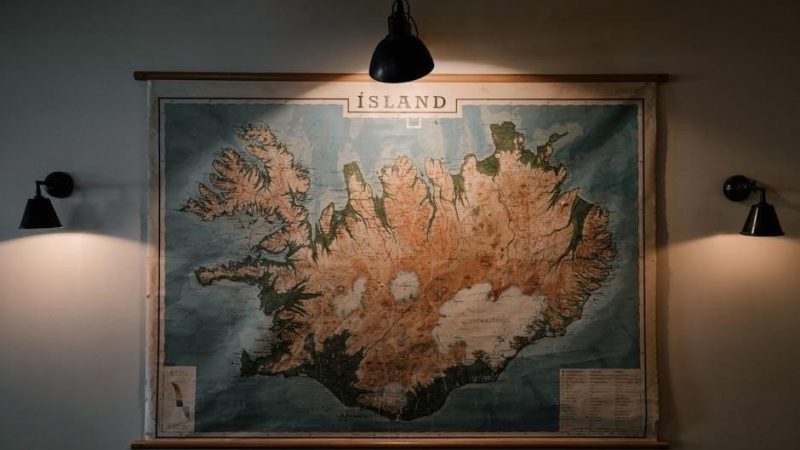unit 7 global warfare – study guide
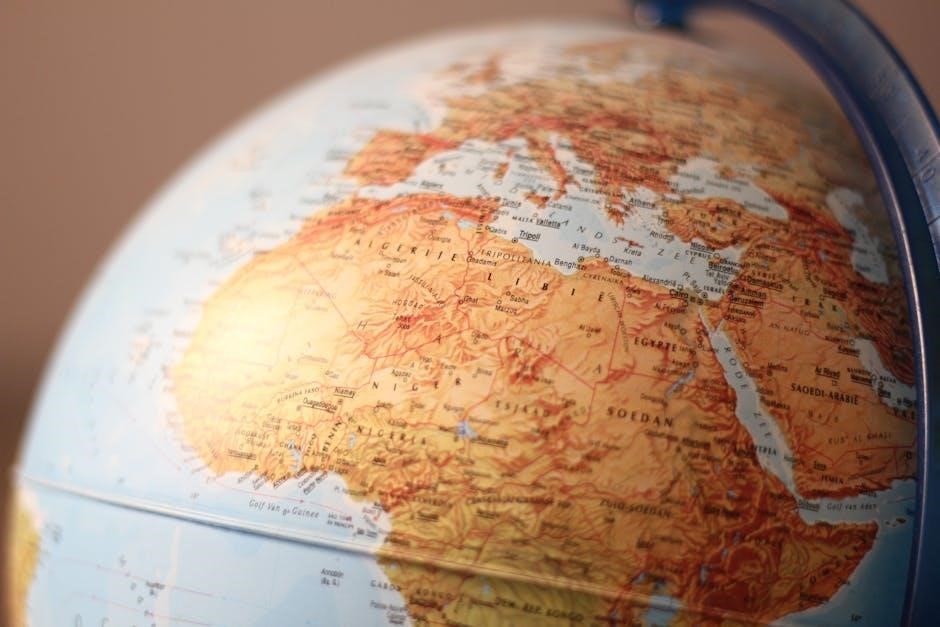
Unit 7 explores global warfare from 1900 to the present, focusing on power shifts, technological advancements, and societal impacts of World Wars I and II, and the Cold War.
Overview of the Study Guide
This study guide provides a comprehensive review of Unit 7: Global Warfare, covering key topics from 1900 to the present. It includes detailed sections on shifting power dynamics, the causes and consequences of World Wars I and II, the Cold War, and technological advancements in warfare. The guide offers learning objectives, historical developments, and multiple-choice questions to aid student preparation. Designed to align with AP exam weighting, it focuses on total war, geopolitical changes, and the societal impacts of global conflicts, ensuring a thorough understanding of the unit’s essential content.
Key Topics and Exam Weighting
Unit 7: Global Warfare comprises 8-10% of the AP exam. Key topics include shifting power dynamics after 1900, World Wars I and II, the Cold War, and technological advancements. The guide emphasizes total war’s societal impacts, geopolitical changes, and the collapse of empires. Exam weighting focuses on understanding causes, conduct, and consequences of conflicts, as well as the role of nationalism and propaganda. Students are expected to analyze these elements to prepare effectively for the exam and master the unit’s core themes.
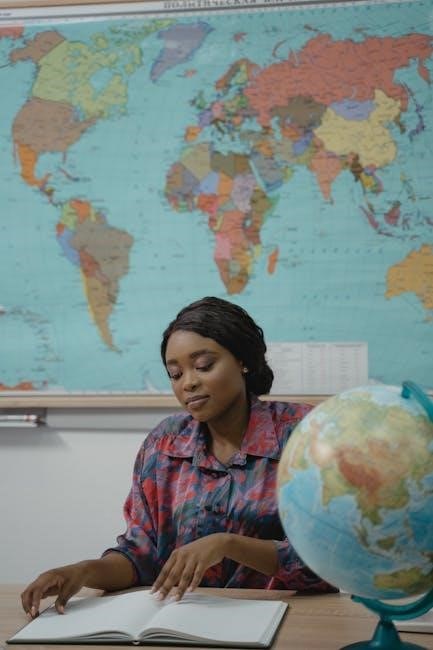
Shifting Power Dynamics After 1900
The 20th century saw significant shifts in global power, with the decline of empires like the Ottoman Empire and the rise of new nations and alliances.
Causes of Power Shifts in the Global Arena
Power shifts after 1900 were driven by internal factors like economic struggles and political instability, as well as external pressures from global conflicts. The collapse of empires, such as the Ottoman Empire, due to technological stagnation and trade imbalances, reshaped global dynamics. Meanwhile, the rise of new nations and ideologies, coupled with the devastating impacts of World Wars I and II, further altered the balance of power; These changes were accelerated by technological advancements and the emergence of new global alliances, setting the stage for a transformed world order.
Impact of World Wars I and II on Global Power
World Wars I and II profoundly altered global power structures. The aftermath of World War I led to the collapse of empires like the Ottoman and Habsburg, while World War II saw the rise of the United States and the Soviet Union as superpowers. The devastation of these conflicts accelerated decolonization and reshaped international relations. The establishment of the United Nations and the onset of the Cold War marked a new era of global politics, with power concentrated in the hands of a few dominant nations.

World War I: Causes, Conduct, and Consequences
World War I arose from imperialism, alliances, and nationalism, featuring trench warfare and total mobilization. Its aftermath included the collapse of empires and a redrawn global map.
Military Strategies and Technological Advancements
World War I introduced trench warfare, with soldiers engaging in prolonged battles from dug-in positions. Technological advancements like machine guns, poison gas, and tanks transformed combat, increasing casualties. Airpower and submarines emerged as new weapons, expanding warfare beyond land. These innovations led to the concept of total war, where civilian populations became targets through blockades and propaganda. The war’s conduct marked a shift from traditional strategies to more industrialized and devastating methods, deeply impacting societies worldwide.
Societal Effects of Total War
Total war reshaped societies, requiring mass mobilization of resources and populations. Civilians became direct targets, with governments employing propaganda to boost morale and justify sacrifices. Women entered the workforce in unprecedented numbers, replacing men conscripted into armies. Nationalism surged, fostering unity but also fueling intolerance. The aftermath saw widespread devastation, economic hardship, and social restructuring. The psychological trauma of soldiers and civilians lingered, while the global economy struggled to recover. Total war thus had profound, lasting societal effects beyond the battlefield.

World War II: Global Conflict and Its Aftermath
World War II reshaped the globe, involving Axis and Allied powers in a struggle for dominance. Key battles, the Holocaust, and atomic warfare defined its legacy.
Factors Leading to the Outbreak of World War II
The outbreak of World War II was driven by the rise of fascism, aggressive expansion by Axis powers, and the failure of the Treaty of Versailles. Germany, under Hitler, sought to expand territory, while Italy and Japan pursued similar ambitions. The policy of appeasement by Britain and France emboldened Axis aggression. The invasion of Poland in 1939 triggered the war in Europe, while Japan’s expansion in Asia led to the Pacific theater. Economic instability and nationalism further fueled tensions.
The Role of Propaganda and Nationalism in Warfare
Propaganda and nationalism played pivotal roles in shaping public perception and mobilizing populations during global conflicts. Governments utilized propaganda through art, media, and political rhetoric to justify war efforts and demonize enemies. Nationalism fostered unity within nations but also fueled xenophobia and aggression toward others. These tools were particularly evident in World Wars I and II, where they influenced societal attitudes and justified extreme measures. Their impact highlights how ideological manipulation can escalate and sustain warfare on a global scale.
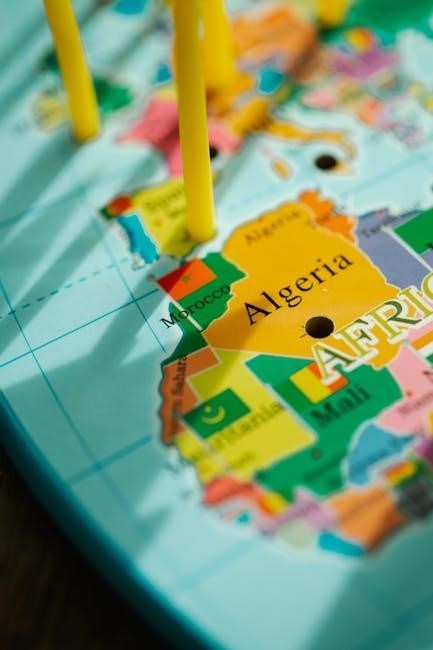
The Cold War and Its Global Implications
The Cold War was a period of geopolitical tension and ideological competition between major powers, significantly influencing global politics, international relations, and military developments.
Origins and Key Events of the Cold War
The Cold War originated in post-WWII tensions between the U.S. and the Soviet Union, driven by ideological differences and competition for global influence. Key events included the Truman Doctrine, the Marshall Plan, and the Berlin Blockade, which solidified the division of Europe. The formation of NATO and the Warsaw Pact further entrenched the bipolar world order. Events like the Cuban Missile Crisis and the Korean and Vietnam Wars highlighted the era’s proxy conflicts and nuclear deterrence strategies, shaping global politics and alliances for decades.
Nuclear Warfare and Its Impact on Global Politics
Nuclear warfare emerged as a transformative force during World War II, with the atomic bombings of Hiroshima and Nagasaki showcasing its devastating power. The Cold War intensified the nuclear arms race, with the U.S. and Soviet Union stockpiling weapons under the doctrine of Mutual Assured Destruction (MAD). This deterrent strategy influenced global politics, creating a balance of power and shaping alliances. The threat of nuclear annihilation led to diplomatic efforts like the Non-Proliferation Treaty (NPT) and strategic arms control agreements, while also fueling fear and mistrust among nations, reshaping international relations and security strategies.

Technological Advancements in Warfare
Technological advancements revolutionized warfare, introducing atomic weapons, machine guns, and airpower, which transformed tactics and strategies, impacting societies and global power dynamics significantly.
The introduction of atomic warfare in 1945 marked a pivotal shift in global conflict. The atomic bombings of Hiroshima and Nagasaki demonstrated unprecedented destructive power, leading to immediate Japanese surrender. This innovation sparked a nuclear arms race during the Cold War, with nations prioritizing atomic weapons for deterrence. The consequences included heightened global tensions, the establishment of international treaties like the Non-Proliferation Treaty, and a lasting impact on military strategy and global security frameworks.
Evolution of Military Technology in the 20th Century
The 20th century saw transformative advancements in military technology, reshaping warfare. World War I introduced machine guns, trench warfare, and poison gas, while World War II brought jet engines, radar, and guided missiles. The Cold War era saw the rise of satellites, nuclear submarines, and precision-guided munitions. These innovations increased warfare’s efficiency and lethality, influencing global military strategies and setting the stage for modern conflicts.

Geopolitical Changes and Their Effects
Geopolitical changes reshaped global power structures, with empires collapsing and new nations emerging, influencing alliances and conflicts, and shifting the balance of power worldwide.
The Collapse of the Ottoman Empire and Its Aftermath
The Ottoman Empire’s collapse after World War I led to the redrawing of the Middle East, creating modern nation-states under the Treaty of Sèvres. Its decline was due to internal decay, economic struggles, and external pressures. The aftermath saw the rise of new political movements and the reshaping of regional power dynamics, significantly influencing global geopolitics and conflicts in the 20th century.
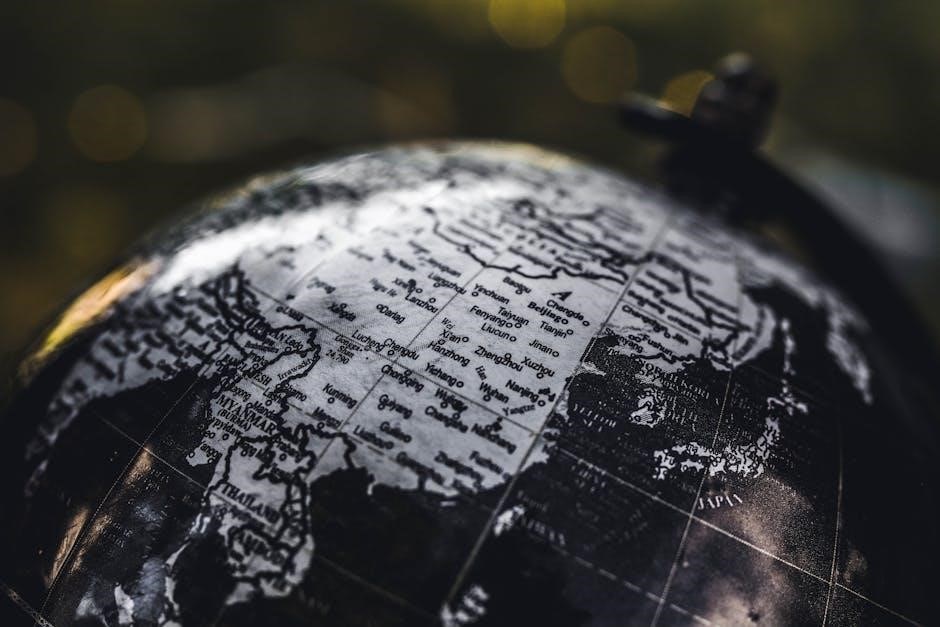
Rise of New Nations and Shifts in Global Alliances
The post-World War era saw the emergence of new nations, reshaping global alliances. Decolonization led to independence for many Asian and African countries, while the Cold War forged alliances like NATO and the Warsaw Pact. These shifts redefined global power structures, creating a bipolar world dominated by the United States and the Soviet Union, and setting the stage for decades of geopolitical tension and proxy conflicts.

Economic Factors in Global Warfare
War economies mobilized resources, impacting societies through inflation, rationing, and labor shifts. Post-war reconstruction policies aimed to rebuild nations and stabilize global markets, reshaping economies.
War Economies and Their Impact on Societies
War economies during the 20th century transformed societies by centralizing resources, rationing goods, and increasing government control. Mobilization led to inflation, labor shortages, and societal strain. Civilians faced hardship as industries shifted to military production, reducing consumer goods. Women entered the workforce in unprecedented numbers, altering gender roles. Governments used propaganda to maintain morale and control. The economic burdens of war reshaped social structures, creating long-term impacts on global stability and economic recovery.
Reconstruction and Economic Policies Post-War
Post-war reconstruction involved rebuilding economies devastated by conflict, with policies like the Marshall Plan revitalizing Western Europe. The New Economic Policy (NEP) in Russia aimed to stabilize the economy after the civil war. Global institutions like the IMF and World Bank were established to promote economic stability. These policies fostered growth in some regions while creating disparities in others, shaping the geopolitical landscape and influencing the rise of superpowers during the Cold War.
The conclusion summarizes Unit 7’s exploration of global warfare, highlighting power shifts, technological innovations, and economic policies that reshaped the modern world’s geopolitical landscape.
Key Takeaways from Unit 7
Unit 7 emphasizes the profound impact of global warfare on power dynamics, economies, and societies. It highlights the causes and consequences of World Wars I and II, the Cold War, and the introduction of atomic warfare. Key themes include technological advancements, total war strategies, and geopolitical shifts. Understanding these events is crucial for grasping the modern world’s development and preparing for the AP exam.
Preparation for the AP Exam
Mastering Unit 7 requires understanding global conflicts, technological advancements, and geopolitical shifts. Focus on analyzing causes, consequences, and key events of World Wars I and II, the Cold War, and atomic warfare. Practice essay questions and multiple-choice prompts to refine your critical thinking. Utilize the study guide’s interactive resources, such as timelines and concept maps, to reinforce learning. Prioritize understanding how global warfare reshaped societies, economies, and political alliances, as these themes are central to the AP Exam.

